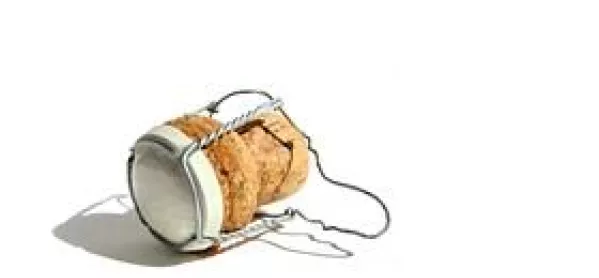Independent sector has 0.1 reasons to celebrate

The independent school sector, which has faced uncertainty due to the recession, is celebrating its first rise in pupil numbers since the 2008 credit crunch. A major annual survey of the health of the sector found that numbers increased by a modest 0.1 per cent overall in 2012.
The figures were bolstered by the popularity of private schools in London and the South East and a boom in overseas pupils from Europe, Asia and beyond.
Russia was the fastest-emerging market for private schools, with an increase of 30 per cent this year, although numbers are still small at 1,695. The Chinese are also increasingly keen to buy into British education, with numbers rising nearly 6.5 per cent. And the survey revealed that independent schools now run 20 overseas outposts, such as Dulwich College Beijing.
However, while numbers rose by 1.2 per cent in the South East, overall pupil numbers in the regions dropped again this year by 0.7 per cent, reflecting hard economic times beyond the capital.
The survey illustrates how schools have been battling to keep fees low by cutting back on building projects and spending more on refurbishing existing buildings and equipment. Spending on new and refurbished boarding facilities was down nearly 15 per cent, perhaps in response to stagnant boarding numbers.
But speaking after the data’s publication, Barnaby Lenon, chair of the Independent Schools Council (ISC), said: “Everyone always said that it’s two or three years into a recession when the impact is felt, so here we are and numbers have gone up. This was the year that people predicted that numbers would slump. We are remaining cautiously optimistic.”
The findings came one week after Martin Stephen, director of Gems Education, a chain that focuses on “affordable” private education, warned that private schools were “in danger of becoming the sole preserve of the super rich here and overseas” and needed to lower fees. “Exponential fee increases have bought about social and financial marginalisation,” the former St Paul’s School high master and Headmasters’ and Headmistresses’ Conference chair wrote in TES (20 April).
In recent years, experts have warned that it could take several years for the hard economic times to hit private schools, and that they should prepare for the worst by launching “no frills” schools for squeezed middle-income parents. One Eton governor, former banker David Verey, warned schools that they needed to cut facilities to the bone and teach pupils in Portakabins in order to weather the recession.
His warning in 2008 was soon followed by a series of closures and mergers of smaller independent schools, but the trend has eased in recent times.
The ISC, the umbrella body that carried out the survey of 1,221 member schools, was keen to highlight that this year’s 4.5 per cent average increase in fees was the second lowest since 1994.
Alison Martin, chair of the Independent Schools’ Bursars Association, agreed. “The figures reflect successful attempts by schools to control expenditure and keep fee rises to a minimum against a backdrop of rising cost,” she said. “This has been achieved by closely monitoring the need for spending, staffpupil ratios and capital expenditure, with many schools deferring new builds in favour of refurbishing existing premises.”
Kenneth Durham, chair of the Headmasters’ and Headmistresses’ Conference, highlighted that despite the economic circumstances, schools had managed to increase fee assistance, with total spend on means-tested bursaries rising nearly 10 per cent to pound;284 million per year.
“Despite increasing financial pressure, families are determined to find the best and broadest opportunities for their children in the independent sector,” he said.
KEY STATISTICS 0.1% - Rise in pupil numbers in Independent Schools Council (ISC) schools in 2012. 4.5% - Average fee rise in 2012. 508,472 - Number of pupils in ISC schools. 1,223 - Total number of ISC schools. -0.7% - Fall in pupil numbers in the regions. 1.2% - Rise in pupil numbers in London and the South East. Source: ISC Census, carried out January 2012.
Keep reading for just £1 per month
You've reached your limit of free articles this month. Subscribe for £1 per month for three months and get:
- Unlimited access to all Tes magazine content
- Exclusive subscriber-only stories
- Award-winning email newsletters



